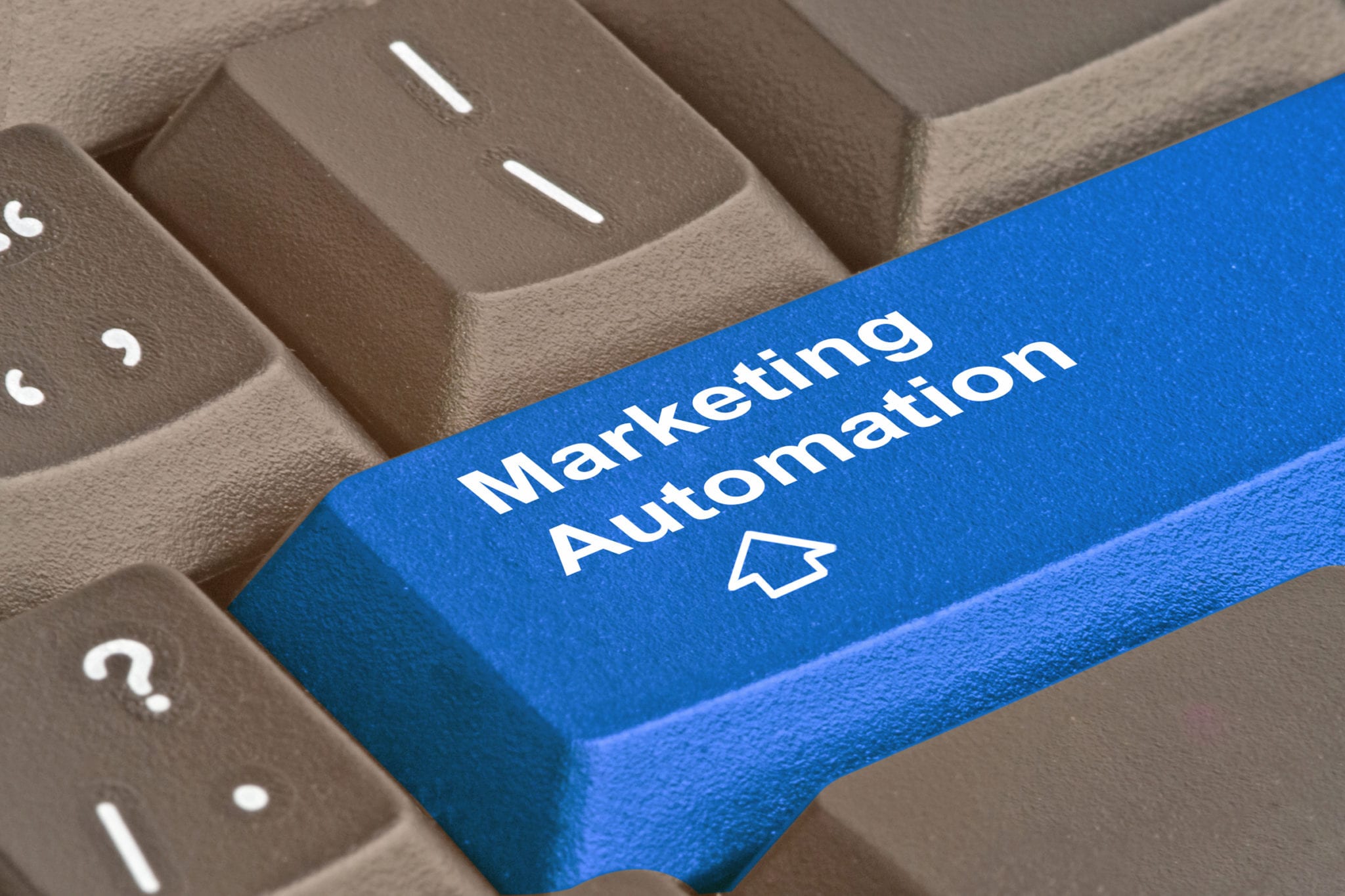Dynamic content is one of the most exciting (and effective) ways to personalize your email marketing for the person who’s reading it.
When I say ‘dynamic content,’ I’m talking about much more than the standard personalization of adding someone’s name into the ‘To’ field. Dynamic content enables you to go further, and better tailor the entire piece – whether that’s imagery, text, or even specific calls to action that change for specific audiences.
Not too long ago, this would have been a time-consuming process. It’d be like writing a different email to everyone on your mailing list, which could take months – or even years.
But thanks to more advanced CRM and marketing automation, and software that lets you tweak almost every aspect of your email marketing campaigns, you can send a specific, highly relevant piece to thousands (or even millions!) of people with just a few clicks.
And this small effort is well worth the reward.
According to Campaign Monitor, a platform that walks the walk when it comes to effective email marketing, marketers have reported a huge 760% increase in revenue from campaigns that make use of effective audience segmentation.
Let’s dig deeper into the anatomy of a segmented email, and touch on the types of dynamic content that you can use to better personalize your marketing communications to the individual user.

#1. Subject Line
Personalized email subject lines get six times the open rates of non-personalised ones. And that’s just with a first name – the most basic of personalization techniques. Just imagine the results your business could see with dynamic content.
How you choose to segment your database is up to you, and may change depending on your objectives. Want to better engage new sign-ups? Target based on new registrations. Want to move a certain product? You could target based on demographics that you know buy that product.
As always, it’s not a bad idea to introduce A/B testing into your subject lines to guide future campaign success.

#2. Text Paragraphs
With more room to play with than in a subject line, your text paragraphs will be the bread and butter of your dynamic content strategy. I touched on demographic targeting above. But your paragraphs are where you can also have some fun, drawing on previous preferences and insights gained from your reporting.
For example, perhaps you’ve got a highly engaged audience of customers who have made purchases of more than $500 within the past year. You might be able to show them new season stock or offer them a VIP deal.
Perhaps, when digging into your reports, you can see that some people have an extremely high click-through rate, but don’t convert to sales. They might be the ones who’ll react well to a discount offer or free shipping.
How will you change your tone and message to accommodate these audiences? Write and rewrite your segmented paragraphs several times over to make sure they flow well. Remove featured image
For example, maybe you’ve got some within-the-week purchasers. You could add in a segment for this audience saying, “I hope you’re enjoying your purchase!”

#3. Imagery
They say that a picture is worth a thousand words. So, what if you could tailor those thousand words directly to the person reading them?
Imagery and videos within emails have a huge impact on conversion rates. And it makes sense – of course, we’re most likely to engage with content that seems personalized to us, because it’s relevant to what we want.
Common imagery segmenting often focuses on women’s vs men’s fashion for these respective audience segments. But you can get more creative than that with the help of more advanced marketing automation tools.
A 2018 Campaign Monitor case study used geolocation data to ensure email readers saw an image that depicted their own country’s flag. This small tweak resulted in a 13% increase in conversions.
Maybe your email reporting insights tell you that some readers are more likely to click on video content, compared to images or GIFs. You might choose to create both forms of all content in the future, and segment their use according to preference.
These are just a few of the ways in which you can get creative with your segmenting, depending on the data at your disposal.

#4. Offers
Offers can be powerful tools, when used in the right way, to convince primed audiences to click ‘buy’. Marketing and content professionals know that using limited-time deals or special discounts is one of the most successful marketing automation tactics.
Investigate your audiences and see who seems to be most likely to take up an offer. Maybe you could create dynamic content that gives an offer of 20% off to your VIP customers, and 10% discounts for everyone else. Maybe you could send limited-time free shipping offers to those who have recently abandoned their shopping cart.
Perhaps you can segment your audience into five tiers based on average price point. For each segment, offer a higher percentage off if they spend twice their usual price point.

#5. Product Suggestions
In a similar vein to the recommendation features of Netflix and Amazon, you can use what you know about your customers to suggest other products that they might be interested in.
Perhaps they’ve just purchased a product. What’s the next most common purchase for customers that have bought the same item in the past? You might be able to send them through to how-to demos or testimonials, or just offer a limited-time deal on the most likely next purchase.
Getting Started With Dynamic Content
Remember, to create personalized email content, you first need to segment your audiences. And your segmenting capabilities will only be as good as your CRM allows. The more you know about each customer, the better you’ll be able to tailor unique email marketing content for them.
Reassess your data capture – like a sign-up form on your website – and consider whether there is an opportunity to ask a question or two about your new customer. Are they joining in a personal or business capacity? Are they business owners? What are they most interested in hearing about? This is all marketing automation gold.
Have you implemented a successful dynamic content strategy in your marketing automation? I’d love to hear about it – drop me a comment below.


